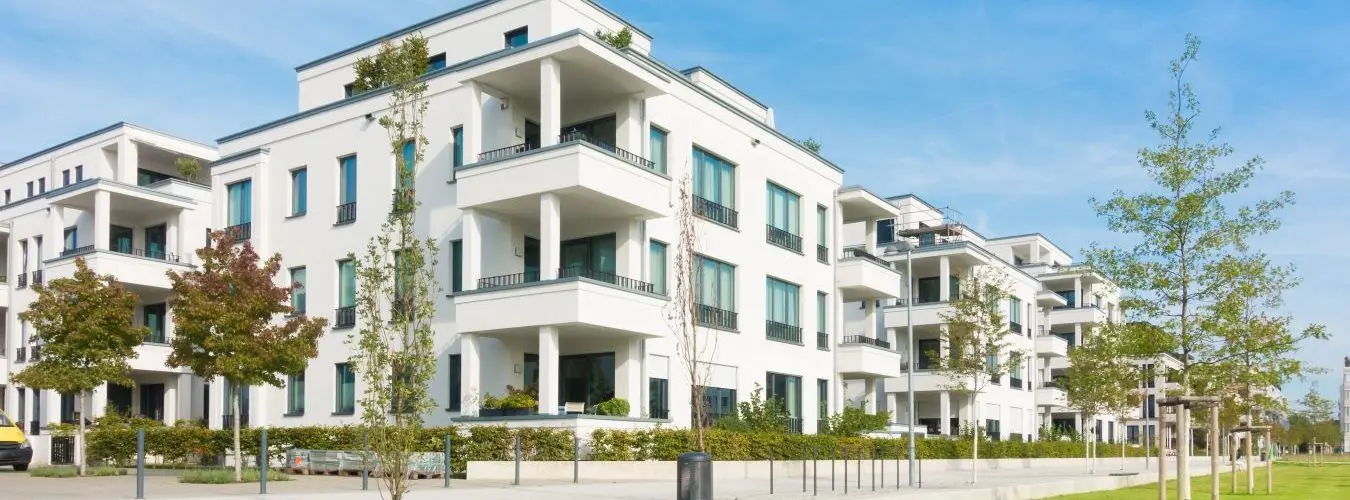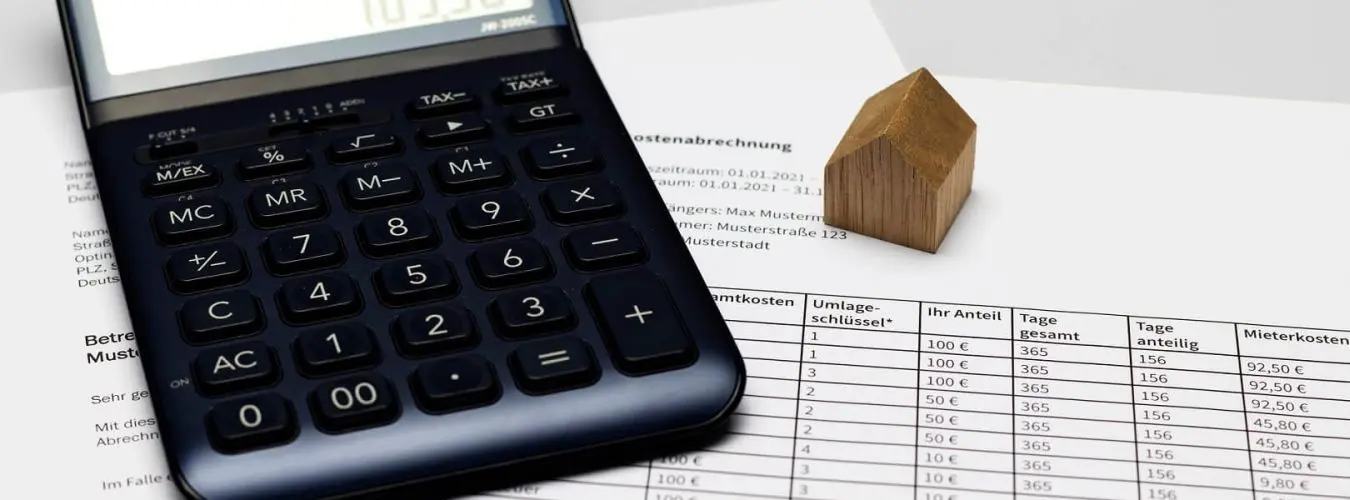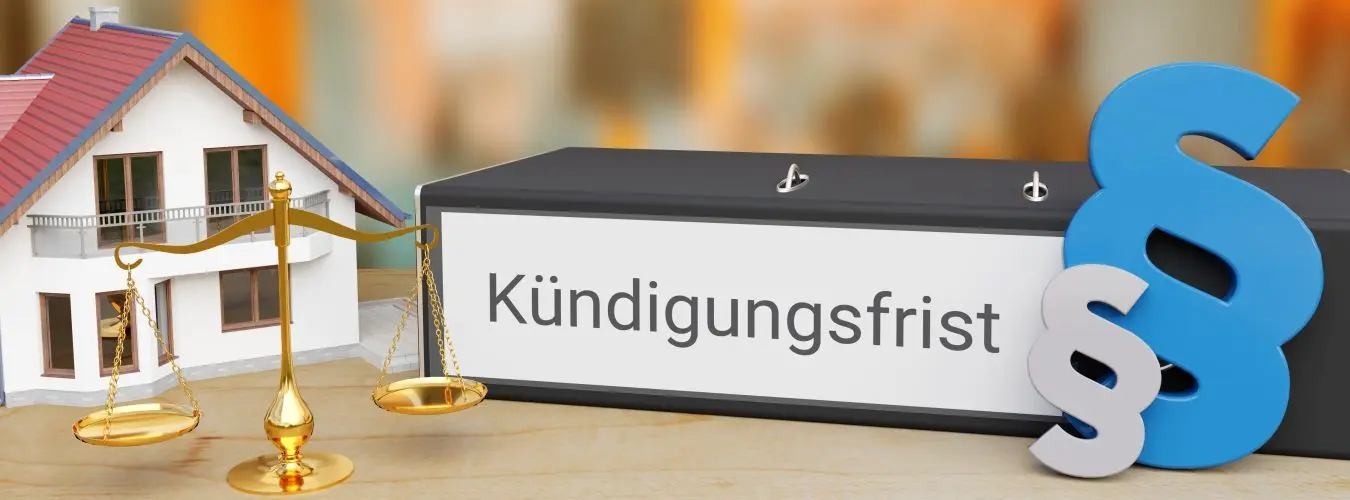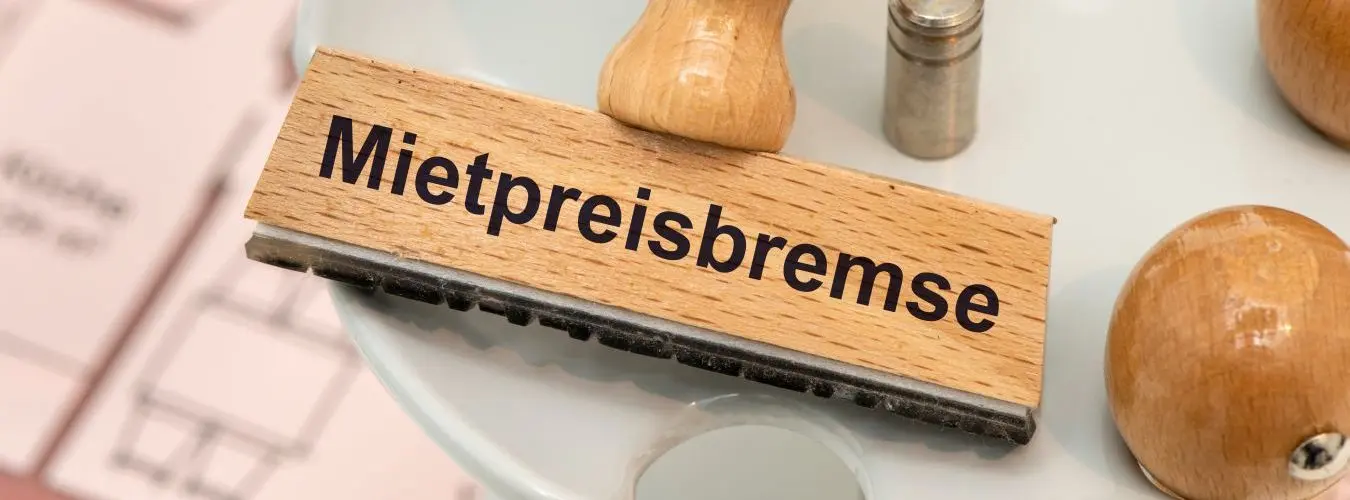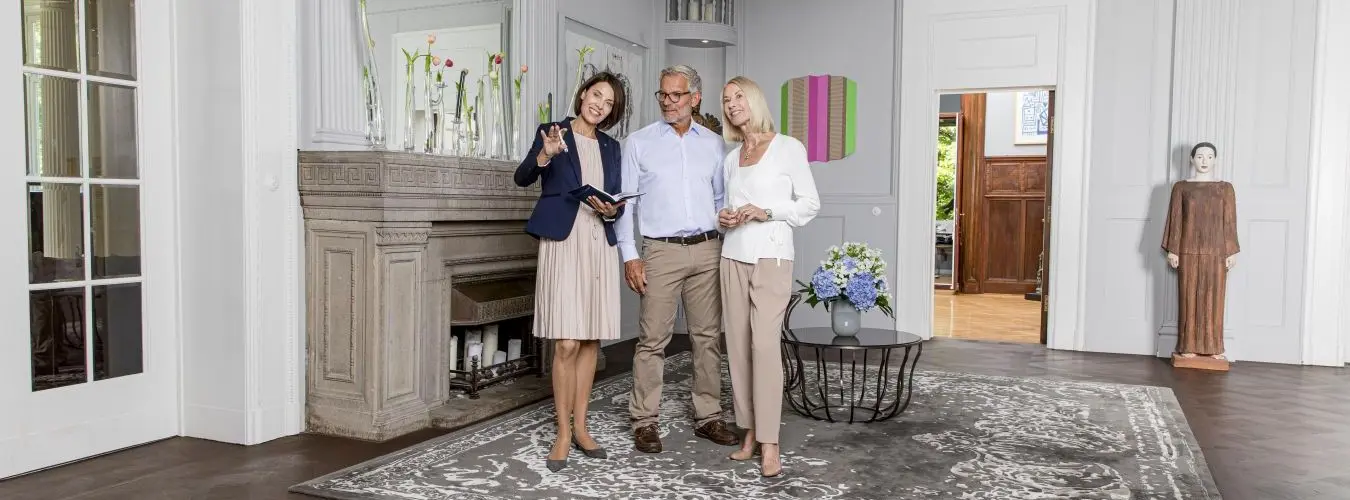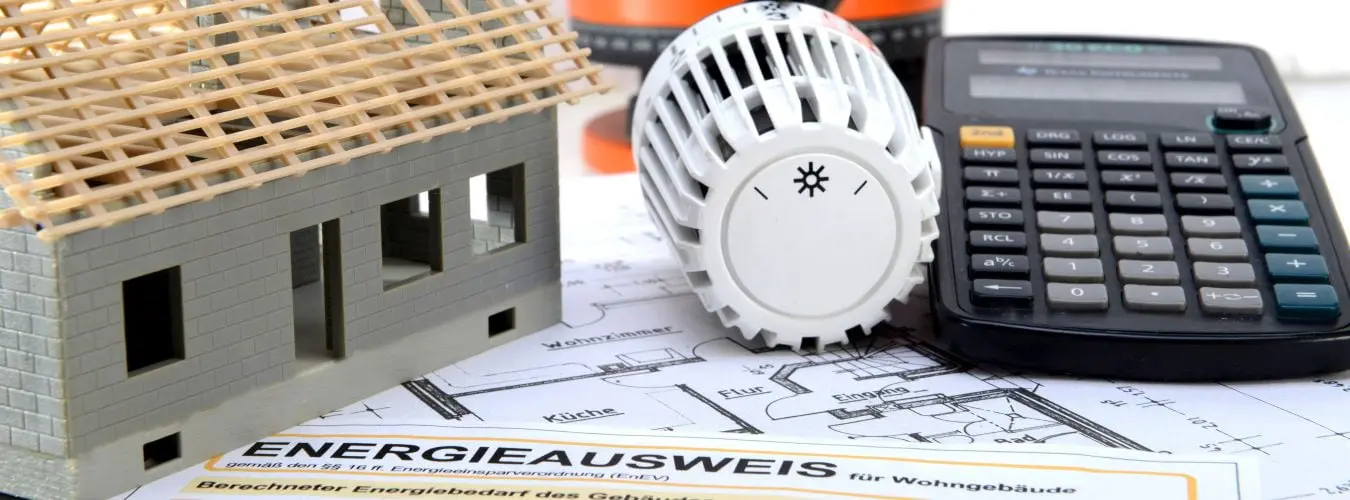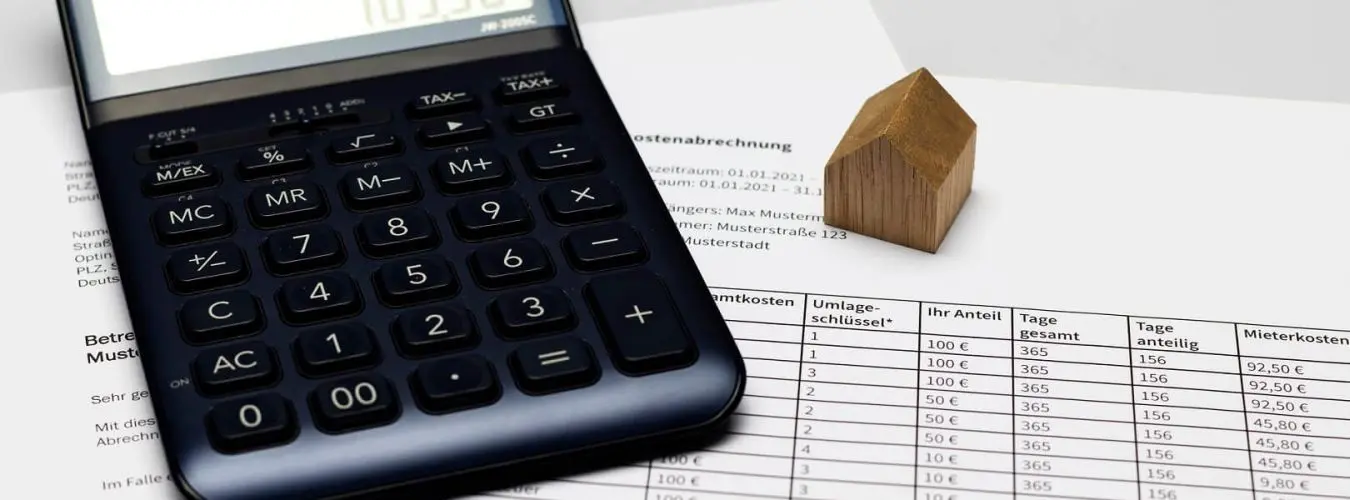In this article, you will learn more about selected topics relating to the community of owners:
- You will find out what is meant by special and common property and what is regulated in the declaration of division, among other things.
- You will get an initial overview of the rights and obligations that you have as a member of a community of owners and gain an insight into the distribution of costs.
- You will be introduced to the usual contents and procedures of an owners' meeting.
- You will read what an advisory board is and what its tasks are.
Well informed: What is a community of owners?
Whoever buys an apartment in a multi-party property has sometimes also become a member of a community of owners (short form: WEG). In this case, you usually acquire specific property rights, which are referred to as common property and separate property, among other things. In addition, a co-ownership share in the property is often also acquired.
It is already clear that these are by no means common terms. In this guide article, we are therefore happy to explain what a community of owners is and what rights and obligations are associated with it.
Terms explained simply: homeowners' association, special ownership and community ownership
In general, the term "community of owners" is more commonly used - presumably because of the shorter word length. However, the correct term is "Wohnungseigentümergemeinschaft".
This is the term used to describe a group of owners of separate property in a condominium complex. "Special property" is the term for property rights that relate to separate rooms and is in turn subdivided into condominium ownership and partial ownership; more on this below.
Special property includes, for example:
- Residential units
- Floor and wall coverings such as carpets and wallpaper
- Supply lines within the condominium
- Bathroom fixtures including fittings
- ceiling linings
- interior doors
- non-load-bearing walls
- garages
- Carports
As you can already see from this short list, special property could be divided into "habitable" and "otherwise usable" units. In a way that is more in line with the legal language, one would speak of "rooms used for residential purposes" and "rooms not used for residential purposes"; and this is what the terms "residential property" and "part ownership" stand for in the context of a WEG.
In the German Residential Property Act, which is also often referred to as "WEG", we also encounter the related term "community property". A somewhat abbreviated but helpful definition of this term could be as follows: Everything that is not separate property counts as community property. In other words, those parts of a building that are not owned by a single owner of the community, but by the entire group.
Communal property includes, for example:
- Staircases and elevators
- Roofs
- Heating systems
- Supply lines up to the entrance to the condominium
- Screed
- windows
- ceilings
- walkways
- v.m
If you would like to find out more about the Condominium Act and community property, you can find further information here.
The term "declaration of division" is often used in connection with communities of owners. This is a notarized document that states who owns which special or partial property within a residential complex. A contractual agreement is also possible here; however, this is rather rare.
The declaration of partition usually includes the following documents:
- A partition plan showing the location and size of the individual parts of the building and their allocation to the respective owners
- a certificate of completion describing which parts of the building are structurally separate (for example, cellars or garages)
- a community regulation for homeowners' associations, which sets out the rules for the homeowners' association, for example with regard to voting rights
Examples of the rights and obligations of a homeowners' association
We have listed three of the best-known aspects of a homeowners' association for you in a short and compact form:
- The costs of maintenance and upkeep of common property, which may include roofs, facades or stairwells, are often to be borne jointly.
- Costs relating to separate property must be borne by the respective owners themselves.
- In condominiums, it is often the case that their members commit to a maintenance reserve for repairs or renovations. This usually amounts to between 40 and 80 cents per square meter of living and usable space per month.
An example: When it comes to the question within a community of owners as to who pays for the drain blockage, it depends on where the blockage was. If it is within the separate property, the specific owner pays. If the blockage affects the common property, the costs are apportioned accordingly to all owners.
The official legal form of a condominium owners' association is the so-called "community of joint owners". In simple terms, this means that if an owner wants to paint the façade, for example, they need the majority's consent. Good, trusting cooperation within a community of owners is therefore an advantage.
If you find yourself in a situation where you want to leave a community of owners, you can basically only "disengage" by selling. It is generally unlikely that all other co-owners will agree to an exit without a sale and that the declaration of division will be subsequently amended - with additional notarial costs.
We would also like to draw your attention to the following three points:
- There is still a fairly new law for communities of owners. The 2020 WEG reform has resulted in a number of new rules. You can find a brief summary here
- Apartment owners' association and tax returns: This connection is also relevant for owners. Certain details from the annual statement are required for tax returns. You can find out what these are
- Legal advice is recommended for anyone in a condominium owners' association who wants to sell their home.
At least once a year: mandatory owners' meeting
The manager usually invites you to the owners' meetings. Each owner can also be represented at the meeting by proxy.
Typical topics at an owners' meeting:
- Annual accounts with overall and individual accounts
- Appointment or dismissal of the administrator
- Business plan
- Special levies
- Election of the administrative advisory board
- Construction measures
- use of common property
- amount of reserves
The majority decision of the community of owners applies to decisions. Which majority is required - for example unanimous or 3/4 - depends not least on the regulations of the respective assembly.
Voting rights are based either on the head principle (one vote per owner) or on the object principle. In the latter case, the declaration of division links the number of voting rights to the number of m² of the allocated special property. Voting according to the so-called "value principle" is also possible. In this case, owners receive voting rights according to their co-ownership shares. Minutes must also be taken after every owners' meeting to record the points discussed and resolutions passed.
Support, monitor, record: Tasks of the management advisory board
A management advisory board can be appointed at the condominium owners' meeting. In this section, we would like to explain the tasks of the advisory board of a homeowners' association and what the advisory board does. First of all, however, the question of composition. The advisory board is elected by the WEG and consists of a chairperson and two assessors, who must all be owners.
Three of the central tasks of the management advisory board of a community of owners at a glance:
- Support. The advisory board helps the administrator to prepare the condominium owners' meetings and mediates between owners and administrators.
- Control. The advisory board may check year-end accounts and house allowance payments.
- Recording. After the owners' meetings, the advisory board prepares the minutes and signs them together with the board of directors.
Note for landlords: Service charge statement for condominiums
It is particularly worth taking a detailed look at the service charge statement for rented apartments, which is regularly prepared for condominiums. As a landlord, you can only charge your tenants for operating costs, such as waste collection costs. Costs incurred by the community of owners (such as management fees), on the other hand, must be borne by the tenants themselves.
Conclusion: As an apartment owner and therefore a member of a community of owners, you have a number of rights and obligations, and there are a number of very specific technical terms to understand. As we were by no means able to cover the topic exhaustively in this article, our recommendation is to conclude: If you have specific questions about a particular case within your community of owners, feel free to contact a specialist lawyer or legal expert.
